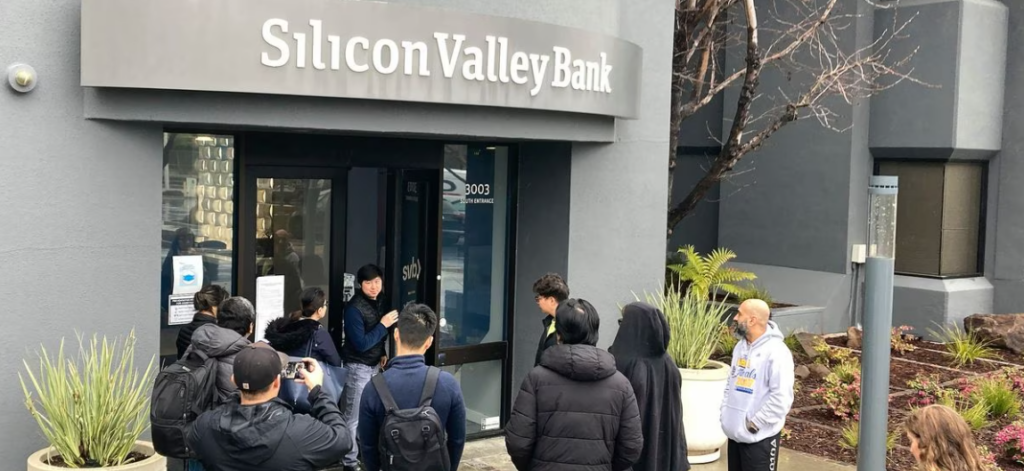US banking regulators intervened Friday morning in Silicon Valley Bank in response to a rapid flight of deposits. The intervention of the California-based institution, whose main clients are entrepreneurs and technology companies in the state and Massachusetts, ends two days of uncertainty in which its shares plummeted on the stock market, after plans were announced to increase capital and sell a large portfolio of bonds at a loss to avoid running out of liquidity.
Read More: Rwanda’s ICT Minister endorses the 2023 AfriLabs Annual Gathering
The sudden failure of the institution, the 16th largest in the US, has brought back the worst of the financial crisis that was at the root of the Great Recession. Although little known internationally for its more corporate-focused work, it is the second biggest failure of a US bank, behind only Washington Mutual, which collapsed in 2008. In the midst of the crisis, regulators have sought to provide certainty. All insured depositors will have full access to their insured deposits no later than Monday, March 13, 2023,” said the Federal Deposit Insurance Corporation (FDIC), the public agency that today controls the financial institution created in 1982.
Hundreds of people came to the bank’s offices on Friday morning to withdraw their money. Dor Levi, one of Lyft’s top executives, was among them, according to journalist Eric Newcomer. The businessman went to the bank’s Manhattan offices, but was prevented from entering. The company asked the NYPD for help. Fears among users had grown in recent days, when it was reported that the bank had approached Goldman Sachs for help with a $2 billion share sale. The deal was attempted to be kept secret, but when it became known, users flocked to withdraw their money. This prompted the bank’s top management to quickly look for a buyer on Friday, but banking regulators stepped in to stop them from running out of time.
Read More: UN Security Council Extends Sanctions Against Darfur For One Year
The strategy then was to become the first bank, where new entrepreneurs matured their projects until they were ready to make the leap to larger institutions. Over the past decade, the institution had shown steady growth, expanding its lending capacity by 25% each year since 2012. This led them to transcend their natural boundaries of San Francisco and Boston, the main environments for businesses. The bank’s money also backed projects from companies in Canada, China, Denmark, Germany, Ireland, Israel, Sweden and the UK.
Read More: Kenya Set to Expand Use of World’s First Malaria Vaccine
Although the most serious, this has not been the only period of turbulence for the bank. In 2001 the shares lost 50% of their value when the technology bubble burst. In more than two decades, however, they managed to rebound and were the first bank for more than 660 unicorns, start-ups with a valuation of more than $1 billion. Now, their name joins those of other fallen banks as analysts, investors and authorities watch for possible contagion.





